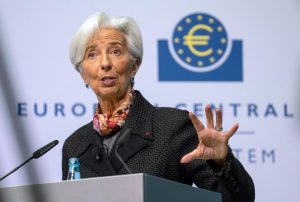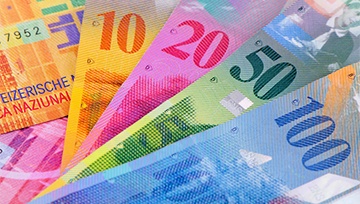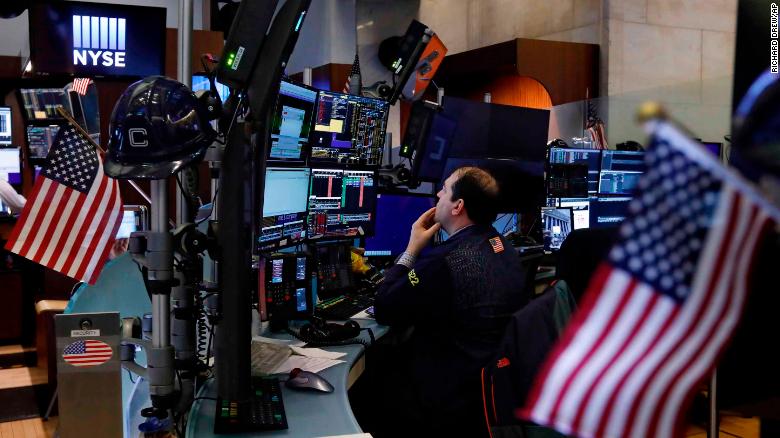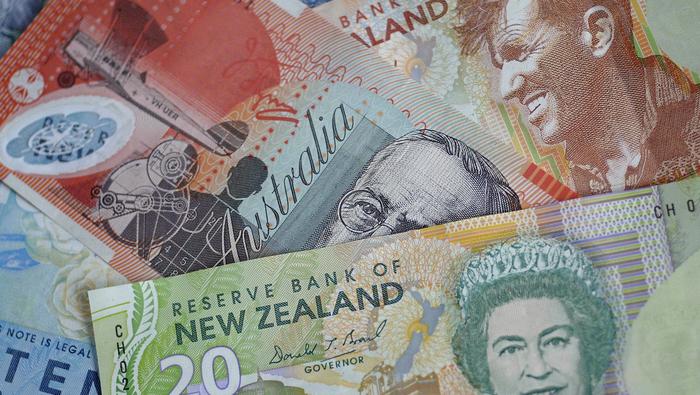
Summary: We don’t expect much from today’s meeting. ECB President Lagarde’s main goal should be to explain what her strategy is and how she sees the shape of the recovery. There is no urgent need to beef up asset purchases yet.
Context: If we omit Lagarde’s mistake on the ECB’s willingness to close spreads, the central bank has done a fabulous job to address the financial and economic issues related to the COVID-19 outbreak. Since the first week of March, the ECB has implemented more favorable terms for the already planned TLTRO III with a rate of up to -0.75%, and it has considerably expanded asset purchases. Including the new PEPP of about €750bn, previous measures, and the relaunch of QE by Lagarde’s predecessor in 2019, the total asset purchases are expected to reach around €1tr in 2020.
The ECB also showed a high degree of flexibility in the design and the implementation of its several virus-fighting packages. The 33% limit does not apply under the PEPP, and the ECB can purchase debt across all the yield curves, including Greek debt under the waiver. In its most recent move, the ECB also acted to shield Italy from rating downgrade by accepting some junk-rated debt as collateral for loans to banks.
So far, the ECB and its President have been up to the task. Unlike another Frenchman who held the position of ECB president years ago, Lagarde was able to react quickly to the economic shock from the pandemic, which is likened to a natural disaster in many ways. As the chart below shows, the ECB’s fast policy response has made it possible to contain speculation on peripheral debt and to avoid an excessive widening of Italy-Germany government bond spread. The policy response has almost been flawless. Wisely advised by the ECB chief economist, Lagarde is the worthy successor of Draghi.
Today’s meeting is not expected to yield much in the way of policy action. Basically, Lagarde’s challenge is to explain in the most simple manner the ECB’s strategy and how she sees the shape of the recovery – especially following the release of France’s horrific Q1 GDP figure at minus 5.8%. Like Fed Chairman Powell yesterday, Lagarde is likely to make it clear that she is not in the V-shape recovery camp. She should also repeat over and over her readiness to act appropriately to tackle any market tensions, so much so she may feel like a broken record.
Expectations are very high that Lagarde stresses the door is open to new measures, likely announced in June. The ECB can afford to wait as the emergency work has been masterfully done. However, it seems inevitable that it will have to increase in the near term the scale and the scope of the PEPP in order to deal with the increase in gross issuance in 2020, notably in the periphery. Based on our calculations, the eurozone government needs to roll over almost €2tr in debt and finance new net issuance of about €1.5tr this year. The ECB’s commitment to buy only around €1tr is understandably insufficient. We expect that it will need to increase total asset purchases by at least 500bn this year to absorb coronavirus debts.
If new market tensions should materialize, the ECB is not running out of ammunition. Other innovations are possible, including a further loosening of lending benchmark, which currently stands at minus 0.75%, a shift into junk bonds with the extension of the Greek waiver to other eurozone countries, or even the inclusion of mortgage loans in the pool.














